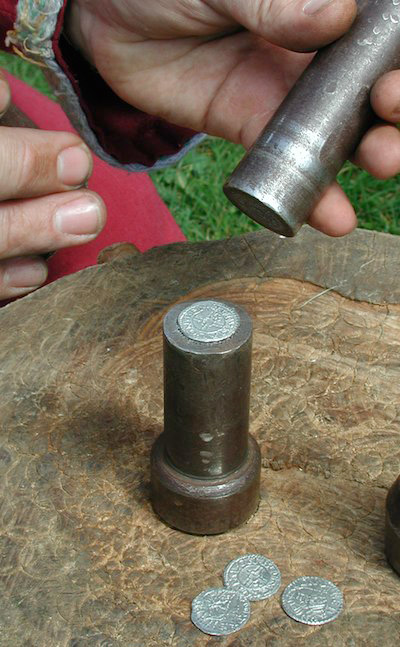

Silbury Coins specialise in this unique area or British history. Our range of Saxon and Viking coins for sale span a period of almost 400 years. Our coins, available to purchase today range from the Early Saxon, the Middle Saxon and Late Saxon periods. You will see a good selection of Sceats (sometimes called Sceatta), Thrymsa’s (also called Shillings), broad flan pennies and occasionally cut coins in addition to a small range of Viking coinage. All of the coins you see listed are available to purchase online. Please take a moment to browse our Saxon and Viking coin collection using the options below. We are interested in buying Anglo Saxon and Viking coins, please get in touch if you wish to sell something.
Viking Coins Ks2
To the right you will see a map showing the British Isles during the mid Saxon period, it was split in to Kingdoms, 5 of which produced coins. These were Northumbria, Mercia, East Anglia, Kent and Wessex. Offa (king of Mercia) built a Dyke stretching from the Severn estuary to the north coast to keep the Welsh out of his kingdom. The river Thames divided Mercia & Wessex with London being occupied by both tribes at some point, likely peacefully for a time as we see joint issues of these two tribes. The Vikings successfully occupied Northumbria and East Anglia, centred in York, this must have created much unrest, many battles were fought and bribes paid.
Eventually Edward The Elder, the last King of Wessex, and his son, Aethelstan united the kingdoms and a new ‘unified’ England was formed, which we still see in place today. Aethelstan created Burghs, each of which had a church and mint.
Viking Coins Found
Finders are not always keepers as metal detectorists and coin dealers in Britain have learned. Four men face years of incarceration for failing to report Viking treasure worth an estimated $3. Among the coins, around 70% were minted in the Viking kingdoms on the British Isles, 15% from Anglo-Saxon kingdoms on the British Isles and 15% were from foreign sources. These included Byzantine, Islamic, Papal and Frankish coins as well as coins minted in Scandinavia. The Ribble Valley was an important route between the York and the Irish Sea.



